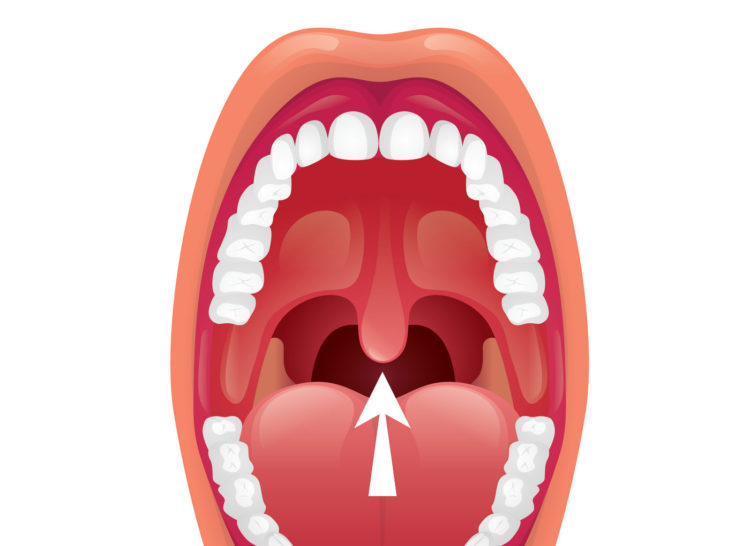What’s the thing hanging in the back of your throat?
What is the purpose of that little thing that hangs down in the back of your throat? It’s called the uvula, and here are the basics.
Dangly bits
Sometimes it’s fun to stare into the bathroom mirror while you yodel and watch that little thing bounce around back there. It also scares the cats — and annoys the neighbors as a bonus. But what is that thing, and what does it do?
You’ve you what?
It’s called the palatine uvula, more simply known as the uvula. Pronounced YOU-view-lah, the word is derived from Latin for “a little grape.” It’s comprised of connective tissue, glands, and some muscular fibers.
But even today, we’re not completely sure what the little dangly thing is for. So far, studies suggest that the uvula probably has more than one function.
To start, the doodad works along with the soft palate to close off the back of the nose during swallowing to keep food out of there. (After all, no one likes partially chewed burrito coming out of their nose.)
Also, by doing so, it helps prevent overly “nasal” sounding speech, and is used in some languages to make guttural consonants — think like the “r” in the correct French pronunciation of “Paris,” or the Hebrew name Chaim.

Interestingly, in a 1992 article published in the medical journal Otolaryngology: Head and Neck Surgery, some researchers hypothesized that its function might be related to drinking while bending over — the assumption being that the uvula was an evolutionary leftover from mammals that consume liquids while bending their neck downward.
However, their conclusion was that “the uvula is possibly an accessory organ of speech, and may be another marker of human evolution that differentiates man from other mammals.”
What else can it do?
Touching or massaging the uvula also triggers the gag reflex and all the assorted joy that goes along with that, including retching and vomiting, which is often a problem for people who get uvula piercings. (No, I’m not making that up. And no, I don’t know why you’d get your uvula pierced considering that, apart from giving your dentist a little surprise, people could only see it when you screamed.)
A swollen uvula is known as uvulitis, and can cause gagging or choking sensations if it swells enough to touch the tongue, causing difficulties with eating, breathing and talking.
The uvula can also contribute to snoring due to it vibrating when air passes it — and even sleep apnea in extreme cases. Sometimes part or all of the uvula is removed to treat that disorder (a uvulopalatopharyngoplasty — one word we’d like to see come up at the national spelling bee).
However, that treatment can sometimes backfire if scar tissue forms in the area, thus worsening — or, in fact, creating — a problem with sleep apnea.

Sharkbait, hoo ha ha
Finally, we can tell you something that the uvula isn’t: It’s not found in other animals — at least ones that look all grape-y like ours.
This means that Pixar took a little creative license with the whale uvula shown above, as featured in Finding Nemo.
But we’re okay with that. The lonely little uvula needs all the good press it can get.







